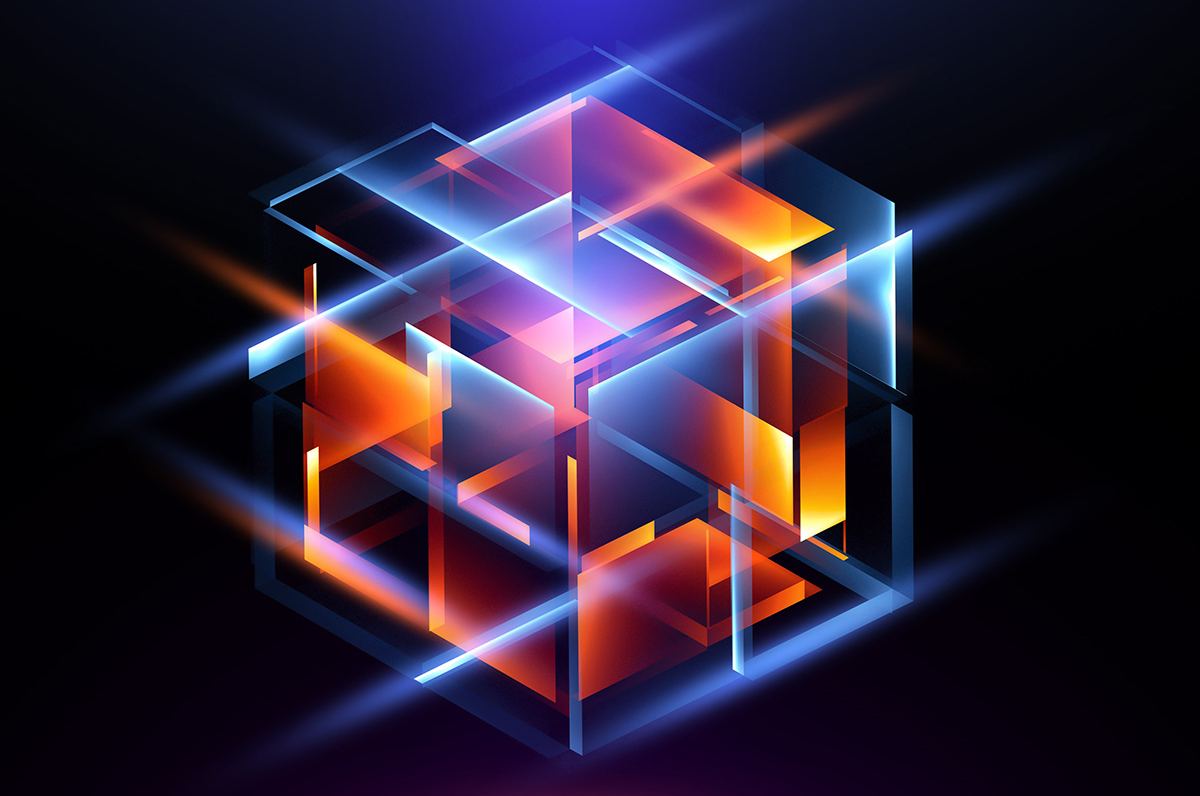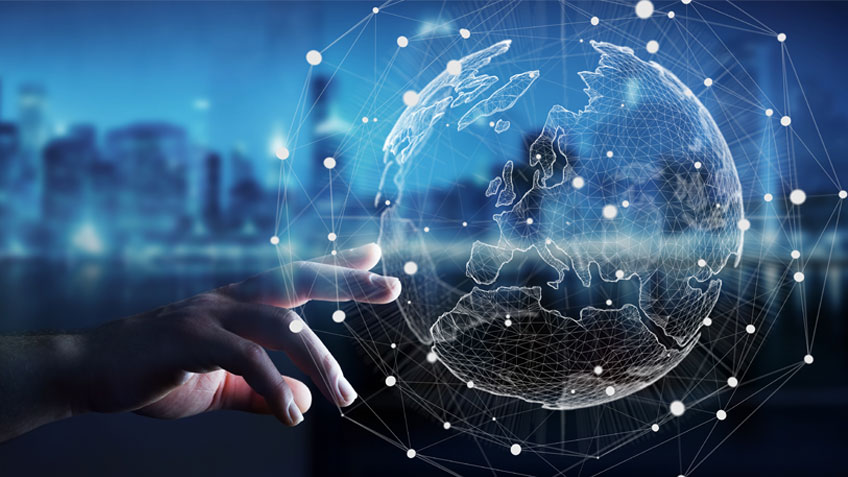While Block Chain is a technology that has found its way into modern economy partially through the proliferation of Bitcoins, Quantum Computers are less prominent. I will later explain what these two technologies are and why they might be competing with each other.
Starting with Block Chain and what it actually is. Bankrate (2019) defines it as a “digital, public ledger that records online transactions” and Investopedia (2019) describes it as a chain of information blocks. So, from that one can understand that block chain consists out of digital information blocks tied together in a chain, that are publicly available and look very similar to a bank’s ledger containing past online transactions. On a brief note, block chains are not always public (“permission-less”), they can also have a restricted access (“permissioned”). In the latter case not only, the access for actors is restricted, but also the type of transactions (Massessi, 2018). However, let us not dive too deep into the also very complex governance structure of block chains.
Now what is so special about block chains? Basically, this technology enables different parties to agree on the outcome of a transaction. It is secured and recorded through a “one way” mathematical function that turns information into a long string of numbers and letters (Fedorov, Kiktenko & Lvovsky, 2018). It is very difficult for a computer to reverse engineer this function and hence it is also very complex to alter its outcome. Fedorov et al. (2018) provide this example: a mathematical operation in which you multiply two very large prime number is very straight forward, but finding the factors ex post is very difficult and needs great amounts of processing power. This is great for record keeping and could be used to store very sensitive information of companies or to securely make large sum transactions online.
On that note, quantum computers come in to play. However, lets first explain what this technology actually is first. Techopedia (2019) defines it as follows: “a computer that operates on and/or incorporates aspects of quantum theory”, IBM Q (2019) define computers as a computer that “leverage the quantum, mechanical phenomena of superposition and entanglement to create states that scale exponentially with number of qubits, or quantum bits”. These definitions are very technical, so in other words quantum computers are supercomputers that can work with three states namely: 0,1, or both at the same time (Rouse, 2005).
So what effect does this one extra state have on computing in general? One could compare the quantum computer to the Enigma machine used in the WWII. Quantum computers allow to solve very complex tasks in a very timely manner. To illustrate this, let us take the breakthrough made by Googles quantum computer earlier this year. It performed a task in just three minutes which would take 10,000 years to be computed by a modern and very powerful supercomputer (Pollock, 2019).
Its ability to raise the bar of computational power, not only brings efficiency purposes but also may make encryption as we know it a very difficult discipline. Moreover, the way quantum computers work make data transfer safer than ever before (Fedorov et al., 2018). The use of photons (particles of light), makes altering information without anyone recognizing almost impossible. As such, block chains as a mean to encrypt data, may become obsolete in the future.
However, it is also important to note that quantum computers are not likely to be marketable any time soon, and for now block chains are an effective way to keep information safe. Quantum computers are expensive to build and are at the moment also less powerful than their conventional brothers (Fedorov et al., 2018). Furthermore, its way of computing may also be combined with block chain solutions, but it is not yet evident whether these two technologies will coexist. As such, quantum computers may not be the end of block chains after all.
References:
https://www.bankrate.com/glossary/b/blockchain/
https://www.investopedia.com/terms/b/blockchain.asp
View at Medium.com
https://www.nature.com/articles/d41586-018-07449-z
https://www.techopedia.com/definition/5735/quantum-computer
https://www.ibm.com/quantum-computing/learn/what-is-quantum-computing/
https://whatis.techtarget.com/definition/qubit


